
Healthy living
Use our expert advice and recommendations to live your best life every day.
Get startedBy clicking a retailer link you consent to third-party cookies that track your onward journey. This enables W? to receive an affiliate commission if you make a purchase, which supports our mission to be the UK's consumer champion.
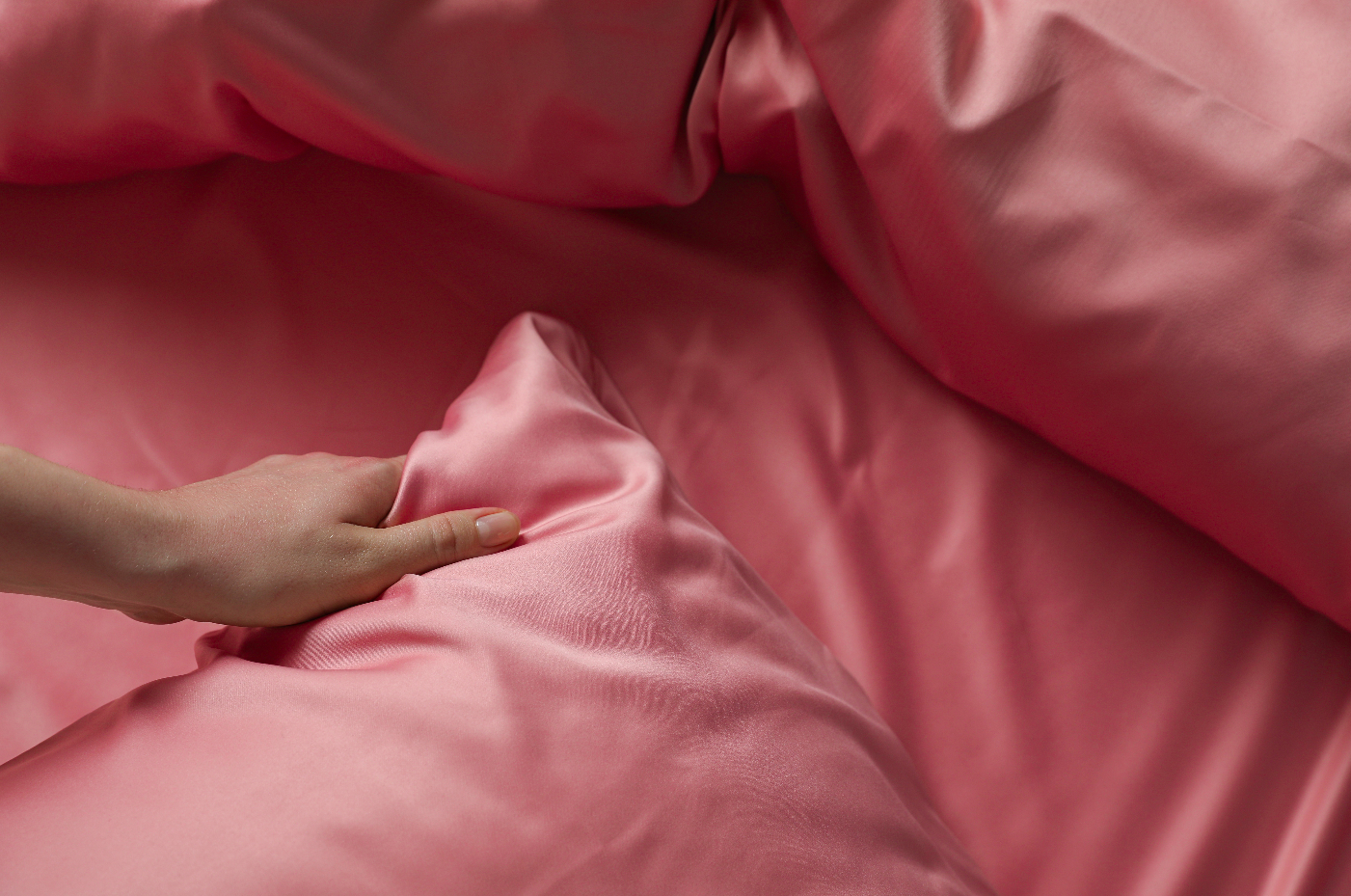
Sleeping on a silk pillowcase is about more than just layering a little luxury into your bedtime routine. Many swear by them for taming hair frizz, sorting out skincare woes and providing a cooler night's sleep.
Five of our experts have spent a combined 26 years sleeping on and loving their silk pillowcases. They reveal why they’ll never go back to cotton, the pitfalls to watch out for before you make the switch and how to get the best value for money.
Our Which? scientist Kamisha Darroux digs into the data behind the bold health and beauty claims, so you can decide if a silk pillowcase deserves a place on your Christmas list (and on your bed).

Use our expert advice and recommendations to live your best life every day.
Get startedYes, they do.
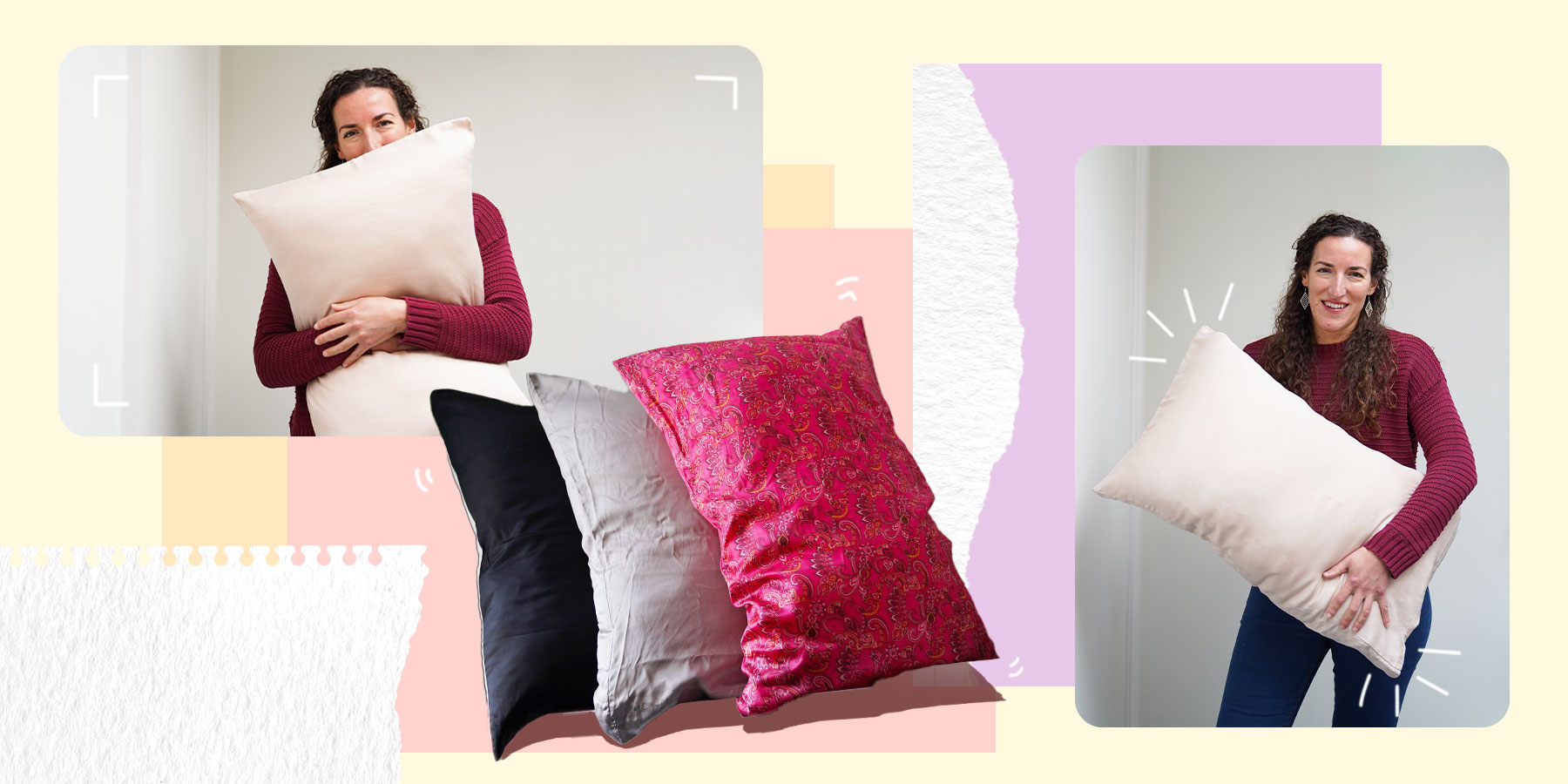
Our in-house silk-pillowcase lovers have seen improvements in their hair since using them, and the science concurs.
Silk pillowcases don’t create as much friction as coarser fabrics such as cotton, so hair can move across the pillow's surface with less tension, reducing the likelihood of snags or knots. This can lead to less frizziness, damage and breakage over time.
‘It’s made a real difference to my hair. It feels in better condition because it doesn’t frizz up overnight,’ says Alison Potter, senior editor and long-time fan of the John Lewis Organic Mulberry Silk Standard pillowcase.
Kamisha seconds that. 'As a Black woman, having a pillow case that doesn’t dry out my hair is key if my bonnet slips off in the night or I can’t be bothered to wear one.’
However, they warn to beware of satin wannabees, which won’t have the same effect.
‘I’ve also tried a satin hair turban and a satin-lined beanie hat,’ says Jessica Carson, health editor. ‘I found the hair turban horribly uncomfortable; the elastic gave me a headache if I wore it at night. And the satin-lined beanie hat was useless, as it just pops off and doesn’t stay put on your head.
‘Of all the silky products I’ve tried for curly hair, the pillowcases are the only ones I’ve stuck with.’
Yes – to a certain extent.
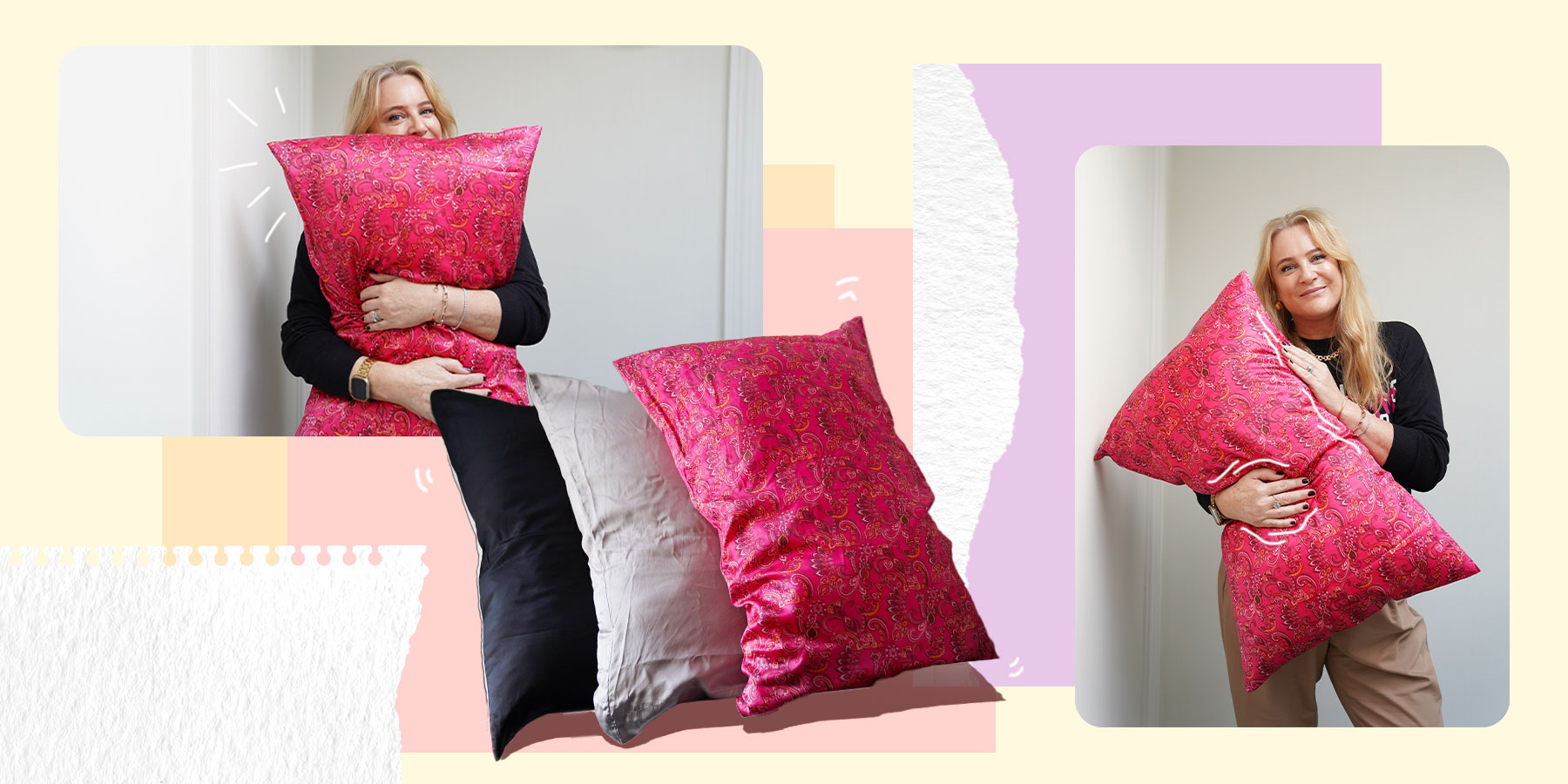
‘They feel much softer on the skin, and you wake up with fewer creases or pillow marks on your face,’ says Sarah Joan Ross, food and health editor, who swears by Slip silk pillowcases. ‘As you get older, those lines can take ages to fade.’
Hannah Fox, principal researcher and writer, agrees. 'I often wake up with my face smushed into my pillow. Using a silk pillowcase means that when I wake up, I’m less likely to have a strange crease across my cheek.’
Kamisha has noticed that her skin feels less dry in the mornings when using a silk pillowcase compared with a cotton one. And she says the science on this stacks up.
Silk has low absorbency and high moisture retention. This means it absorbs less moisture from your skin and skincare products as you sleep on it, compared with other fibres such as cotton or satin (polyester). So, using a silk pillowcase could reduce overnight moisture loss, allowing skin to stay more hydrated.
The moisture-wicking properties of silk also make for a more hygienic sleep – it wicks away any sweat, which could ensure less bacteria stays on the pillow.
Alison thinks her acne-prone skin is clearer since she started using a silk pillowcase, although the science to support this on a wider scale is currently limited.
‘There aren’t many studies on how much a silk pillowcase affects skin,’ says Kamisha.
‘We found one study that linked the use of silk T-shirts to an improvement of back acne, but the study had a small sample size. The silk protein was also blended with a liquid antimicrobial.'
‘However, compared with synthetic fabrics, silk is naturally antibacterial, so this could possibly play a part.'
What is retinol good for and what does it really do?
Yes, but cotton is cooler.
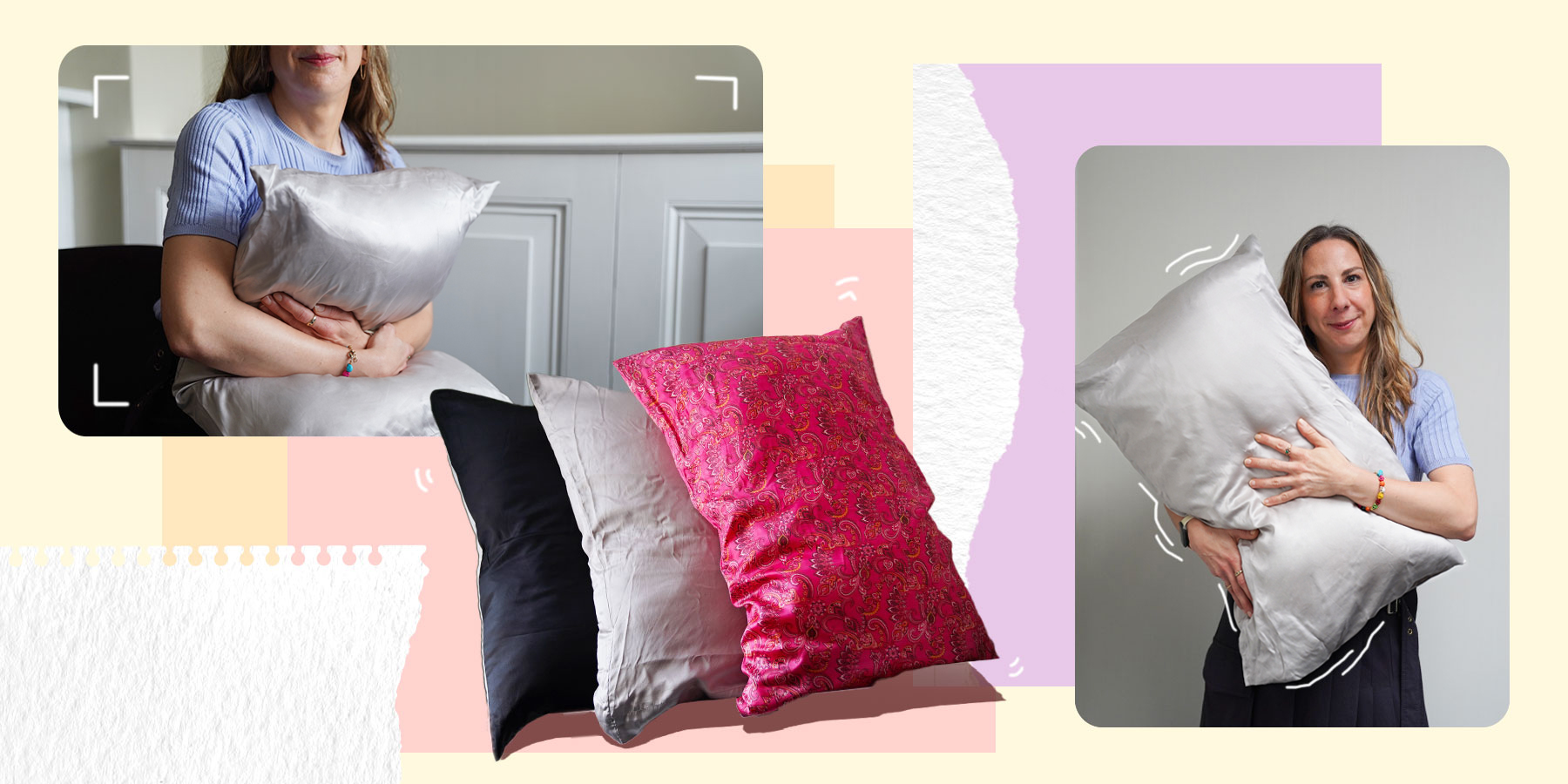
Silk is breathable – air circulates and flows through it more easily than many other fabrics. It’s also great at moving heat and excess sweat away from your face, keeping the air drier and cooler during sleep. Therefore, silk is great at naturally thermoregulating – it will keep you cool in summer and warm in winter (as it traps a layer of warm air against the skin).
‘I didn’t really consider the temperature-regulating properties when buying, but a cool pillowcase is definitely something I’ve come to appreciate during summer heatwaves,’ says Jessica.
‘In summer, they stay cool and breathable, unlike synthetic fabrics that tend to trap menopausal heat,’ says Sarah Joan.
Plus, silk beats cotton for comfort: ‘They’re far more comfortable to sleep on than standard cotton,’ says Alison.
However, if you’re going for silk over cotton, thinking it’s going to keep you cooler, you’d be wrong.
‘Out of silk and cotton, cotton is the cooler fabric choice,’ says Kamisha. ‘But between a synthetic satin and a silk pillowcase, silk is the best bet every time.'
Upgrade your bedding set-up with the best mattresses, best pillows and best duvets
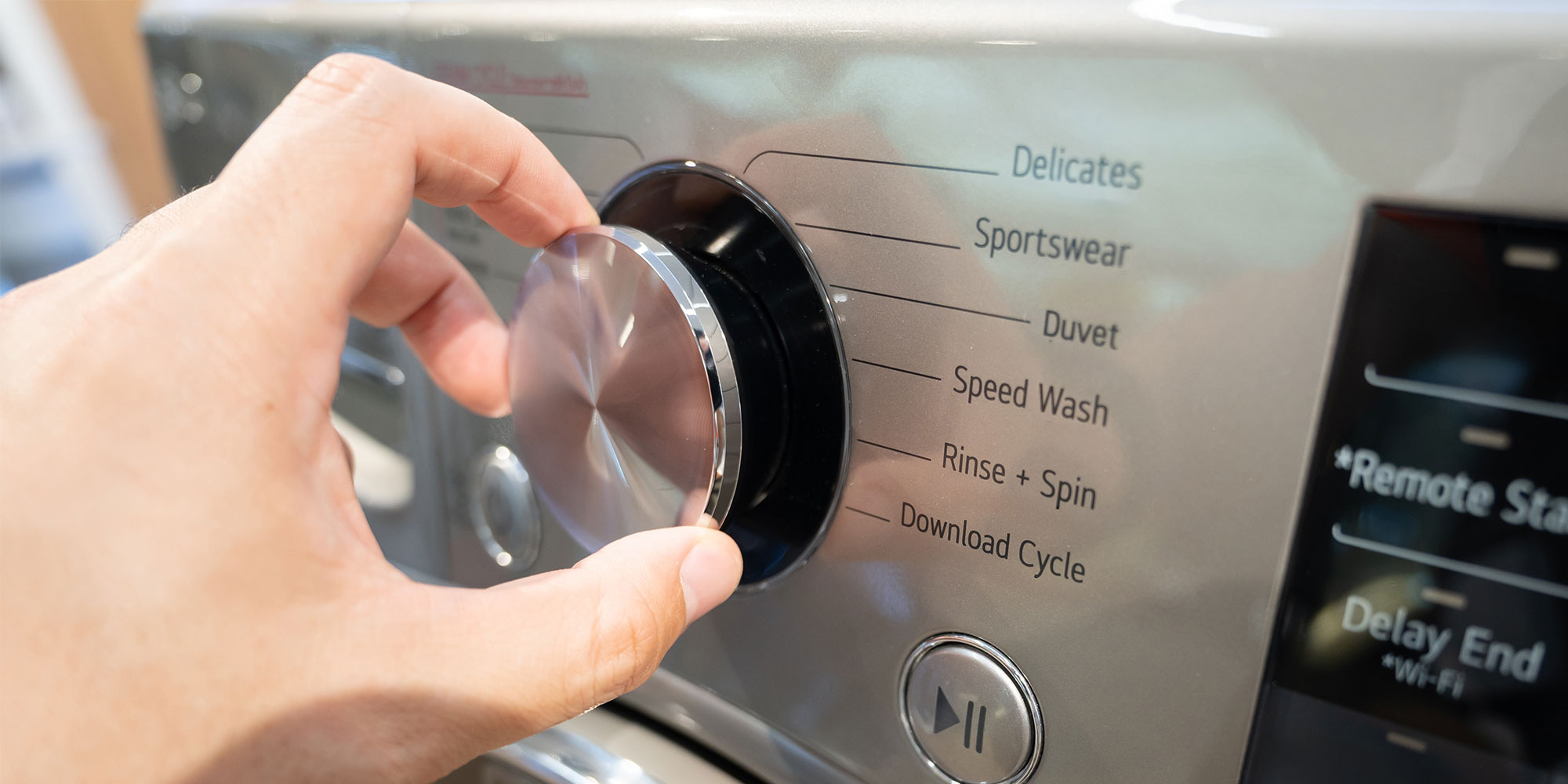
‘Properly caring for your silk pillowcase is like having a pet,’ says Kamisha. ‘It requires careful handling and consideration.’
‘You really should be washing it on a delicates cycle using a non-bio detergent,’ says Hannah.
Follow these top tips for washing delicate items:
For more laundry tips, see our guides on how to wash clothes, towels and bedding and our washing machine temperature guide.
‘I have, in the past, just chucked my pillowcase in with my cotton bedsheets – and lived to regret it,' says Hannah. 'It started to rip at the seams, as the detergent and the higher temperatures destroyed the natural fibres. I’ve now bought a net washing basket to wash it in.’
It can be helpful to buy a couple of silk pillowcases so you always have one to hand if the other is in the wash.
We've reviewed products from Ariel, Ecover, Persil and more to find the best laundry detergents

Mulberry silk is considered the gold standard of silk bedding because of its quality.
It's produced by the silkworm species Bombyx mori, which is fed exclusively on mulberry leaves. The fibres are longer, smoother and more uniform than many other silk varieties, which means higher-quality fabric.
It has a natural sheen and is stronger and more durable than a lot of natural textiles. It's also naturally hypoallergenic and resistant to dust mites.
Get a more restful night's sleep with the best eye masks
This is by far our experts’ biggest warning. ‘If it’s super cheap, it’s probably not silk. I’d expect to pay at least £30 to £40,’ says Jessica.
And watch out for not getting as much silk as you think in your pillowcase.
‘Some pillowcases have only one side that’s silk but cost as much as pillowcases that are 100% silk,’ says Alison.
Silk is a natural fibre, which is why it’s more expensive. Some shops advertise products as silk, but they're actually satin, which is just polyester woven differently. Satin is plastic and cheap to produce, so they’re just scamming you.
Kamisha says: 'I did buy some cheap satin versions just to try, and they’re not as good.'
Should we be worried about microplastics? Our sustainability expert weighs in
A minor bugbear, but take note of how your pillowcase fastens and where the fastenings are.
‘A brand I previously tried had a zip that was placed in a slightly uncomfortable position. It’s not terrible, but worth noting,’ says Sarah Joan.
As much as you try to take care of your pillowcases, eventually it will lose some of its effectiveness. Look for the telltale signs for when it's time to replace it.
‘You know when to change them when your silk starts to lose its sheen and lustre,’ says Sarah Joan.
Jessica says: ‘Mine aren’t as silky smooth anymore because I used water that was too hot and they no longer work as well.’

‘Whenever I'm away and have to sleep with a cotton pillowcase, I really notice the creases on my face,’ says Alison.
‘Pop your silk one in your suitcase – they’re super light, so wouldn’t affect luggage allowance too much,’ says Sarah.
‘Darker is better if you struggle to get off all of your mascara and eye makeup at night like me,’ says Alison.
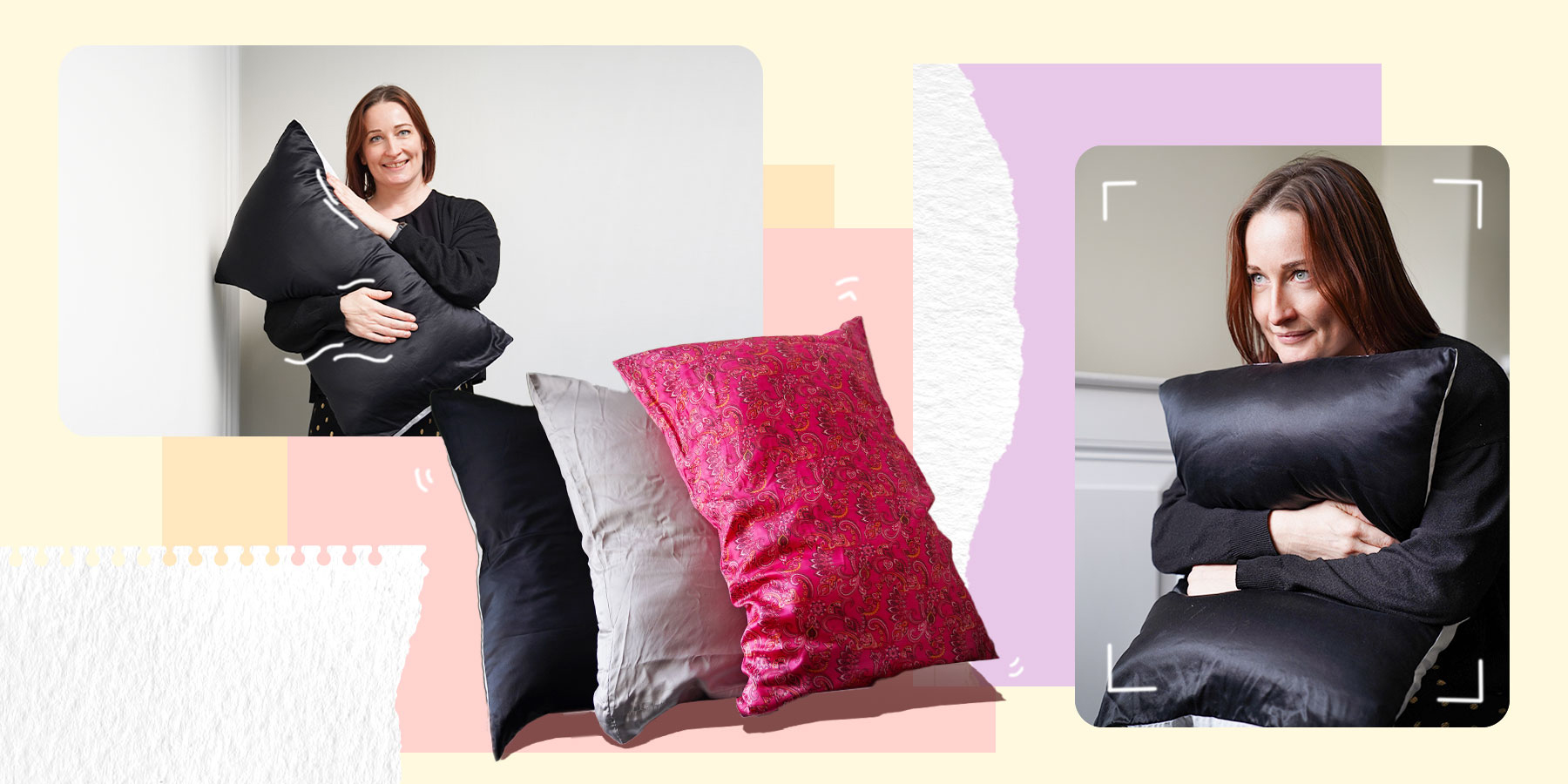
A half-and-half silk pillowcase (one side genuine silk, the other side cotton) can be a way to get all the benefits for less outlay.
Hannah currently uses a half-cotton half-silk pillowcase from Amazon and is very satisfied with it.
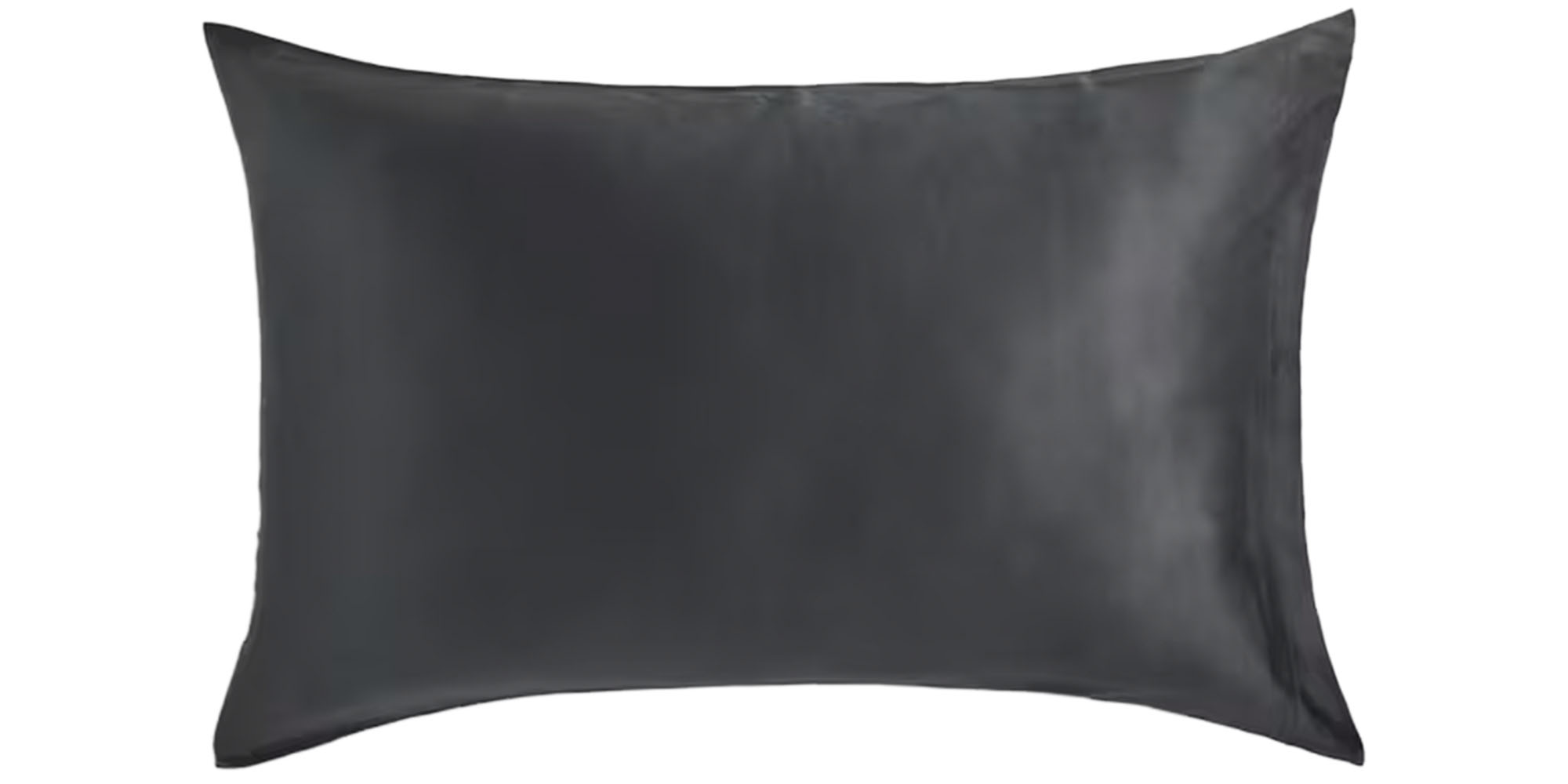
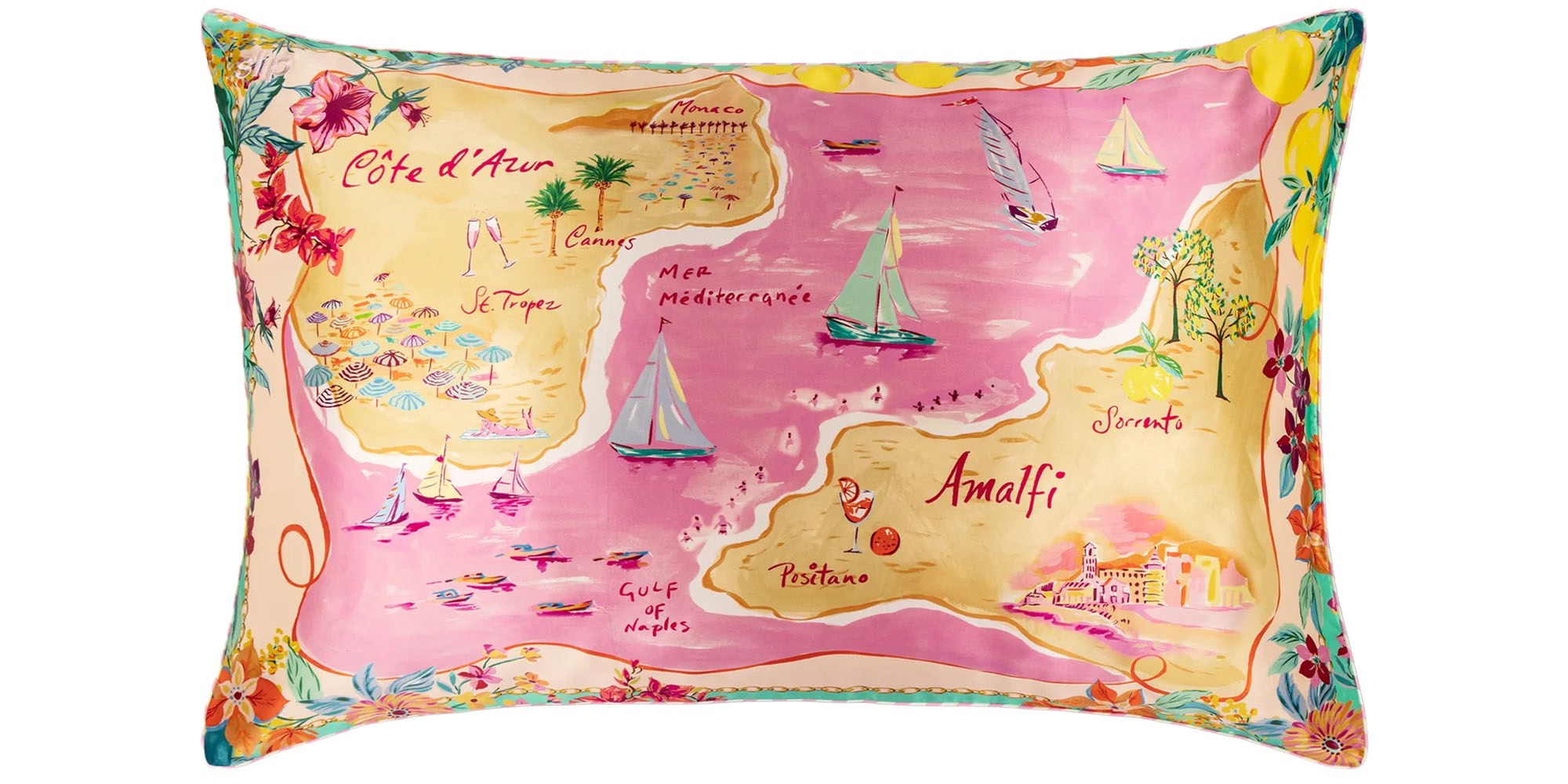
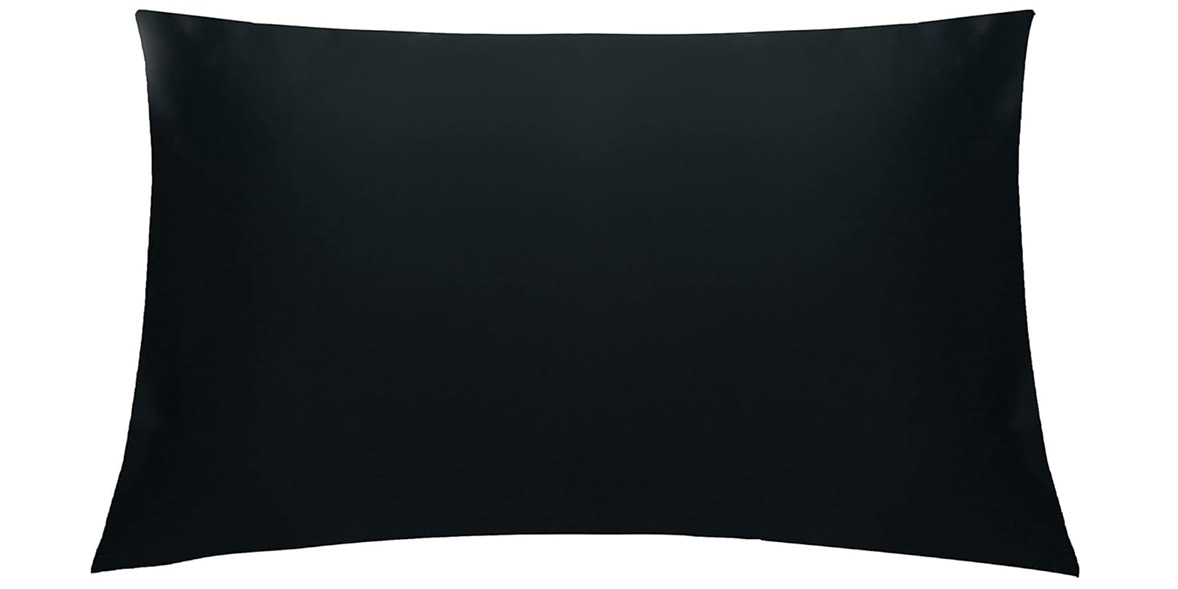
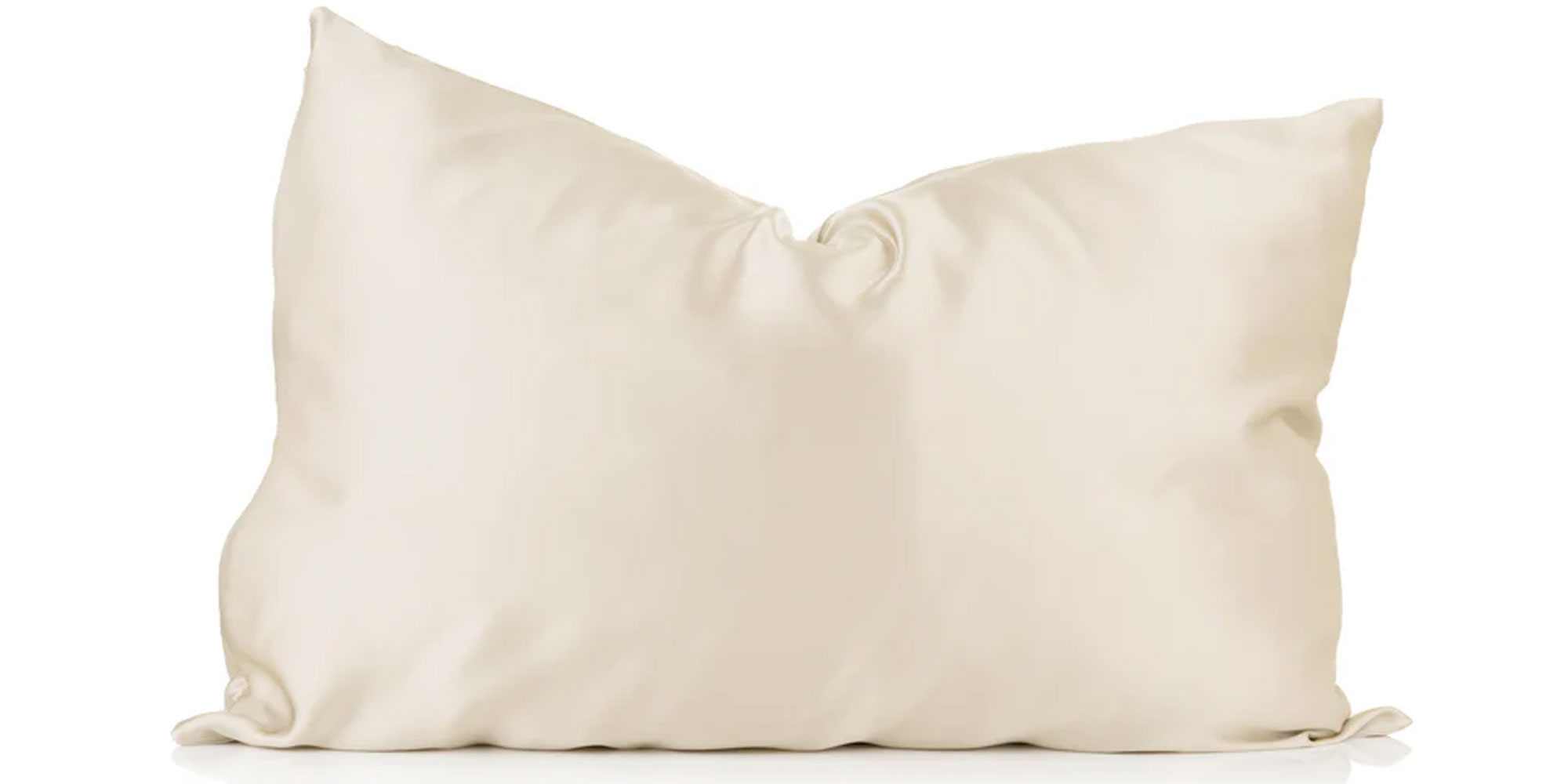
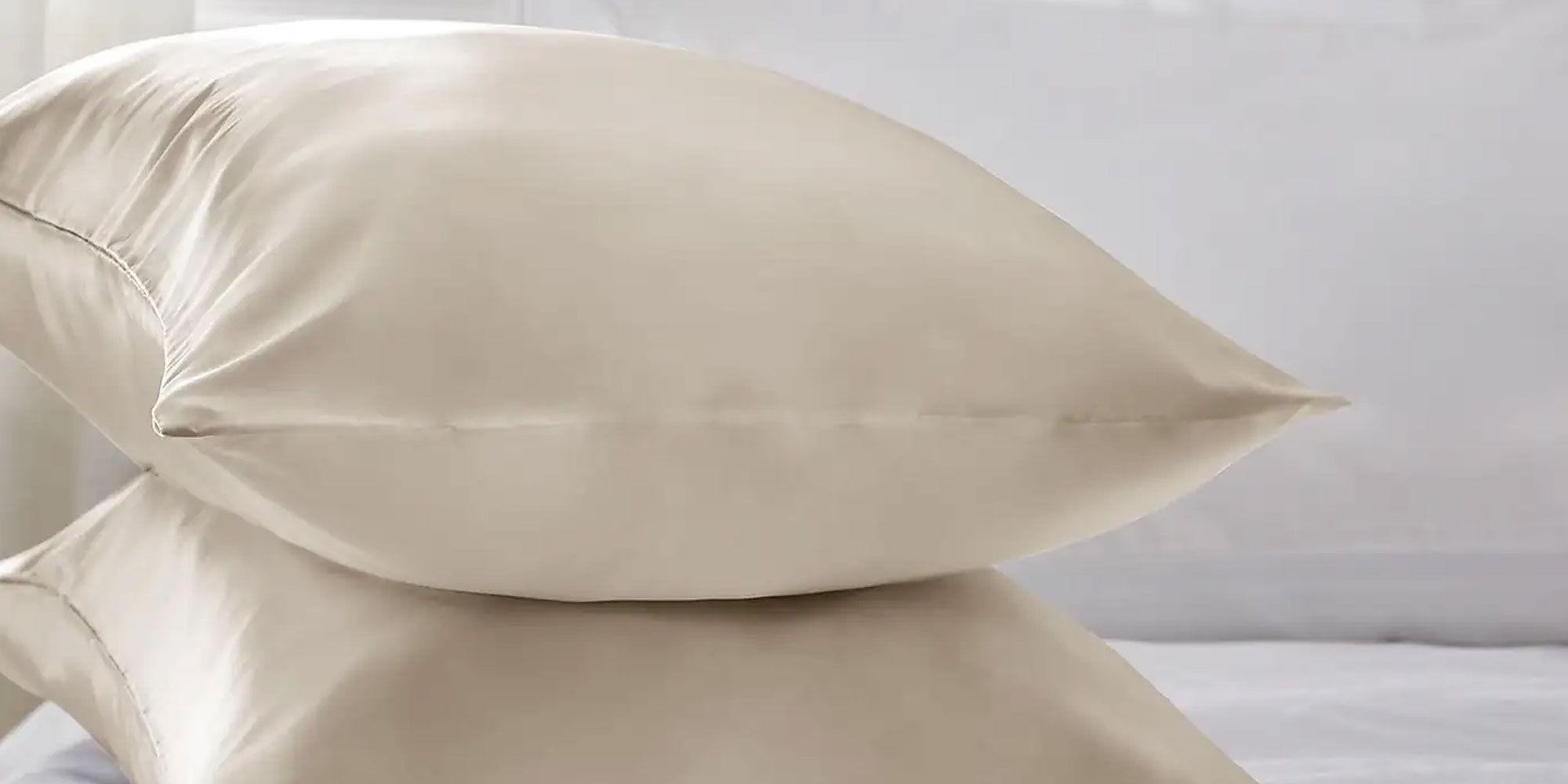

James Aitchison, Which? senior researcher/writer, is currently testing a number of different sleep solutions, including a silk pillowcase, to see if any can help with his insomnia.
It’s still early days, but he's starting to become a fan.
‘I’ve been testing the John Lewis Organic Mulberry Silk Pillowcase,' James says.
'The jury is still out on whether it’s had a pronounced effect on my sleep patterns, but I’ve been pleasantly surprised not only by the comfort it provides, but also its overall cooling effect on warmer nights.'
If you have trouble getting some shut-eye, try our seven tips for better sleep or our pick of the best anti-snoring devices
